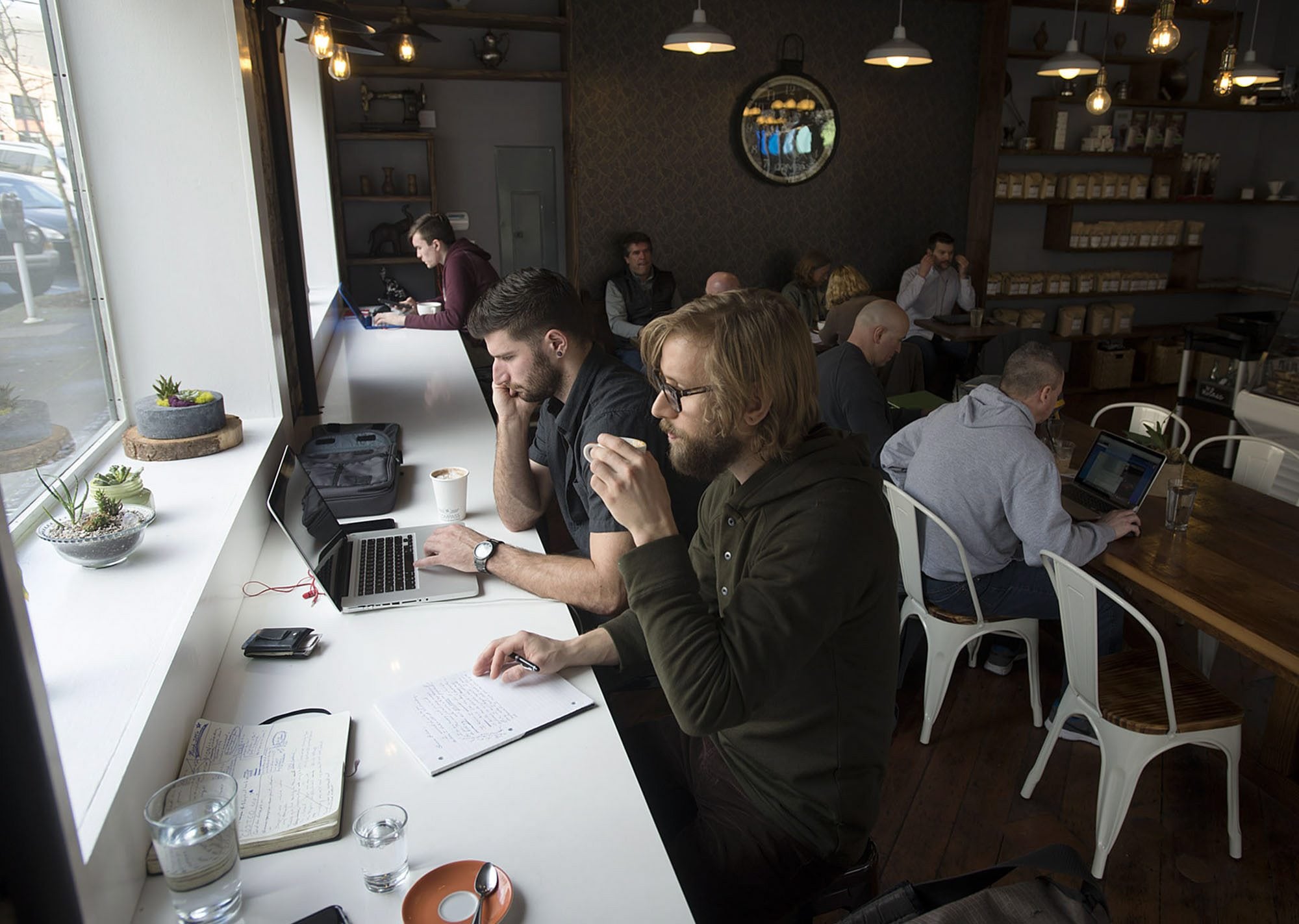The Vancouver City Council adopted an ambitious 2016-2021 Strategic Plan on Monday, setting the city’s course for six years under the overarching vision of being a “vibrant, safe and prosperous city.”
Since early 2014, the city council, city staff and consultants have been working to develop the framework and goals that form the strategic plan. They conducted a nonscientific survey last year of 2,228 city residents and business stakeholders to find out people’s top priorities and hopes for Vancouver.
Based on a wealth of information gathered, the council hammered out 10 goals, each with a list of objectives and actions, that cover everything from public safety and transportation to the economy and the arts.
On Monday, City Manager Eric Holmes highlighted what he views as the three most important aspects of the strategic plan. One, it strives to better connect the city in a variety of ways locally and regionally, with regard to transportation, government and neighborhoods. Two, it aims to have the best parks, trails and recreation system in the region, giving Vancouver a distinctive sense of place. Three, it commits to preparedness and resilience, not just through police and fire response, but also by ensuring the city’s buildings and infrastructure are built with the “long-long term” in mind, “recognizing that Vancouver’s in the forever business,” he said.
The city’s last strategic plan update was in 2008, “virtually on the eve of the biggest recession in a generation,” Holmes said. As a result, not only was the city unable to make substantial progress on the plan, it also dialed back on its existing operations just to stay afloat, he said.
The new plan contains many of the same themes as 2008, but it builds on the lessons of the recession and lists measurable, concrete actions the city can take to realize its full potential, Holmes said. It won’t gather dust on a shelf because the city council has been involved from the start, ensuring it’s a “living, breathing document,” he said.
One big difference with this plan, he said, is the accountability aspect. Each of the plan’s objectives is assigned to a staff member who will be part of a Strategic Plan Oversight Committee led by the mayor pro-tem. The committee will meet twice yearly and report back to the council once a year. The first update will be in November so the council is informed before it sets goals for 2017.
Here’s a summary of what the city wants to accomplish:
• Develop a transportation system that will meet the needs of future generations. This involves ensuring safe mobility for all street users, upgrading key bicycle and pedestrian corridors, planning for public transit options including Bus Rapid Transit and light rail, participating in policy talks about Interstate 5 corridor improvements and supporting the development of a trolley system for downtown, uptown and the Fort Vancouver National Site.
• Ensure the city’s infrastructure, buildings and utilities are among the safest, most environmentally responsible and well-maintained in the Pacific Northwest. The city wants to build a new water facility at Water Station 1; renovate the Operations Center; renovate outdated facilities to a life expectancy of at least 40 years; and convert the streetlights to LEDs.
• Provide effective police, fire and emergency medical services and increase the city’s emergency readiness. Replace or repair old fire stations. Add more officers to the Vancouver Police Department’s traffic unit; restore the property crimes unit and develop a crime analysis and intelligence unit. Minimize the opportunity for the transport of crude oil and coal through town.
• Create new programs that engage people from diverse ages, cultures, family types, educational backgrounds and professions. Strengthen the sense of community identity and belonging and improve services to vulnerable and underserved residents. Participate in the development of a coordinated plan for housing the homeless.
• Keep up the quality of parks and trails and increase recreational opportunities in parks. Pursue a funding sources for turf management and parks maintenance, landscaping, furniture, fixtures and buildings. Expand the summer playground program.
• Enhance Fort Vancouver’s standing as the birthplace of Pacific Northwest settlement. Include an arts component at the West Barracks; develop Pearson Airfield so it’s more of a community asset; support the National Park Service’s reconstruction and renovation of old buildings.
• Build a vibrant, regionally recognized arts and cultural community. Help the Clark County Historical Museum secure a new or expanded facility.
• Help create “20-minute” neighborhoods where residents can bike or walk to services and amenities. Restore funds for a Neighborhood Grant Program.
• Improve services and amenities that would allow people to “age in place.” Develop more housing choices through incentives, streamlined permitting and changes in regulations.
• Support redevelopment of the Columbia River waterfront. Complete the waterfront park and trail downtown. Adopt tax incentives and other tools to stimulate redevelopment. Acquire and develop more trail easements and access points to the river, including connectivity across state Highway 14.
• Make downtown a vibrant destination. Sell Block 10 for a use that will add to downtown vitality; adopt a master plan for certain city-owned downtown properties; provide incentives to attract retail stores, restaurants and a grocery store.
• Strengthen neighborhood and business districts. Launch subarea plans to increase job opportunities at Fourth Plain Boulevard, Riverview Gateway and the Lower Grand Employment Area. Install signage at key city gateways.
• Build the strongest, most resilient economy in the region and create infrastructure and policies that support job creation. Update the city’s annexation plan; create an Economic Development Reserve fund for projects that create or save jobs and improve the tax base; support Innovative Partnership Zones and development of an industry cluster or technology businesses; develop incentives to attract companies that sell to markets outside the region; help create a small business incubator to provide business start-up capacity; develop incentives to help small businesses retain and increase local jobs.
• Help support community partners to improve the community’s livability and prosperity. Support trade and freight-related improvements, including the Mill Plain/I-5 interchange. Support Head Start. Encourage apprenticeships and science, technology, engineering and math programs. Help align schools’ offerings with workforce needs; support expansion of school-based family resource centers. Support a downtown presence of Washington State University Vancouver.
To view the plan online, go to www.cityofvancouver.us/2016-Strategic-Plan




